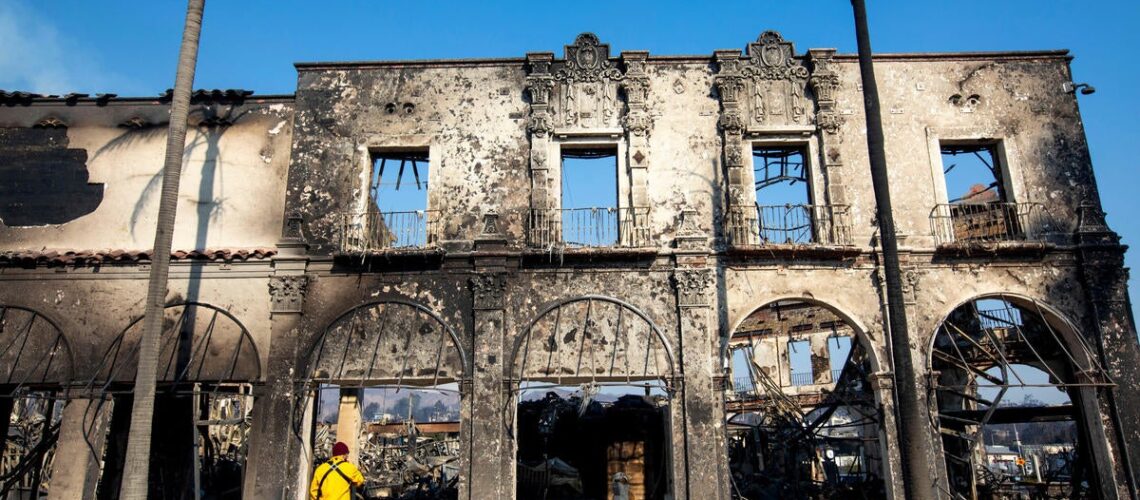Destruction from Los Angeles County wildfires likely to impact insurance rates statewide
January 10, 2025

- Liberty Mutual to pull out of California condo, rental insurance markets
- Industry veteran Brian Simpson appointed Equisoft’s VP, Insurance Solutions
- Best Medicare Supplement (Medigap) Insurance
- OCBC to offload full 33.33% stake in Hong Kong Life Insurance
- Go Buy Disability Insurance! | White Coat Investor
The devastation from the raging fires in Southern California is only just starting to come to light, but there are already questions about how the destruction will impact homeowners insurance for all Californians.
Bạn đang xem: Destruction from Los Angeles County wildfires likely to impact insurance rates statewide
The aftermath of a wildfire in the Dublin Hills in 2022 left residents like Sunita Rajagopal with sky-high insurance rates and only partial coverage.
“I contacted multiple lenders, and, you know, nobody would actually cover anywhere close to a wildfire zone,” Rajagopal said.
Xem thêm : Avoid Having Your Travel Insurance Claim Denied — 5 Tips From an Expert
She is just one of the millions of Californians who’ve had their homeowner’s insurance declined or limited in the past few years in the wake of increased wildfires. According to the state’s Department of Insurance, seven of California’s top 12 insurance companies have denied existing policies or stopped selling new ones since 2022.
In fact, state officials say just this past summer, State Farm Insurance dropped 1,600 policies in the Pacific Palisades neighborhood that burned this week. Many of those have now been put on the state’s FAIR Plan of last resort.
Amy Bach, the executive director of United Policyholders, said she expects coverage challenges to continue in the wake of the la wildfires.
“With the climate changing and risk growing, you know, there’s a price to pay for that,” Bach explained. “Insurance companies are saying, ‘We’re not going to pay the price.'”
She said it’s too early to determine exactly how the fires will impact insurance across the state, but she’s positive it won’t be good.
Xem thêm : Uzbekistan’s mobile bank TBC bags $37M to expand with new AI and insurance products
“It’s really depending on what the what the final count is of homes down. Because right now, it’s under 2,000 as far as officially reported. But a lot of people are projecting that it’s going to be a lot more,” Bach said. “The number will have a big effect.”
The state of California recently rolled out new regulations giving insurance companies new incentives to write more policlies in the state. However, they’re also being allowed to factor in the cost of climate change and wildfire risk that’s going to drive those prices higher.
“Right now, it’s looking like we’re going to be seeing more rate increases and continued challenges for people who are trying to keep basic protection on their homes,” Bach said.
Rajagopal says time is ticking for the state to come up with better laws regulating the industry.
Nguồn: https://propertytax.pics
Danh mục: News
